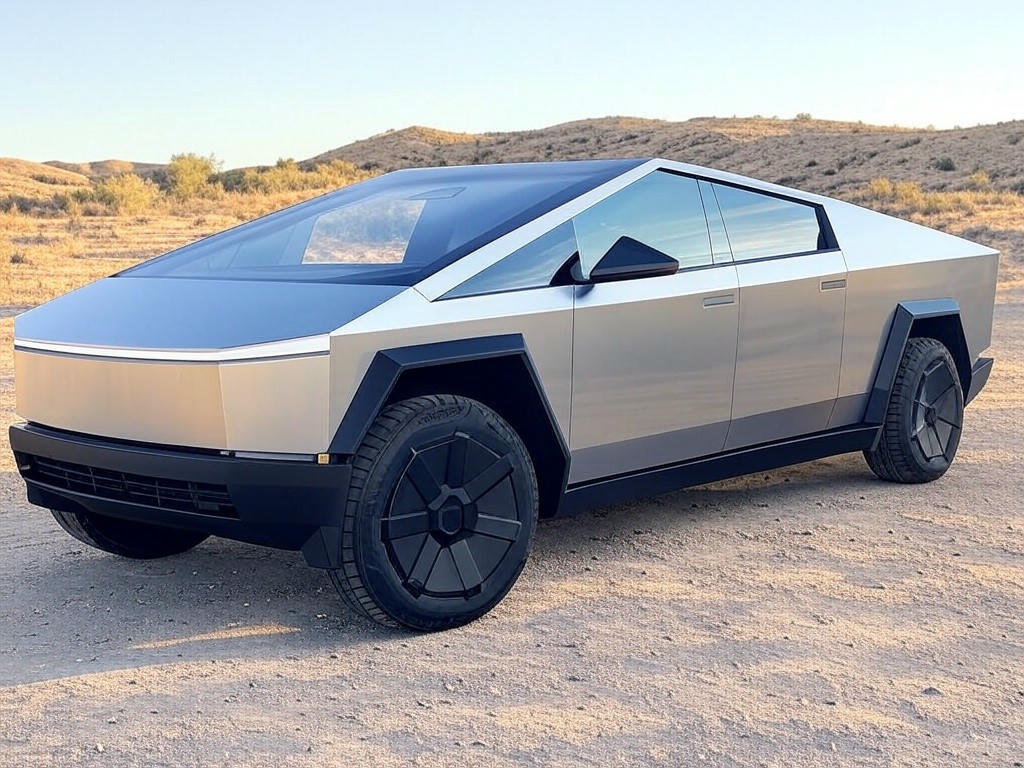Tesla’s Cybertruck: A Symbol of Innovation or Struggle?
When Tesla unveiled the Cybertruck, it was heralded as a groundbreaking addition to the electric vehicle market, a bold statement of futuristic design and rugged capability. With its angular, stainless-steel body and promises of unparalleled performance, the electric pickup was poised to elevate Tesla’s brand as a leader in innovation. Instead, it has become a lightning rod for controversy, mirroring deeper challenges within the company. The Cybertruck, once a beacon of Tesla’s ambition, now encapsulates the struggles of balancing visionary ideas with practical execution.
From the outset, the Cybertruck was meant to be more than just a vehicle; it was a cultural statement. Its unconventional design turned heads and sparked debates, positioning Tesla as a disruptor not only in technology but also in aesthetics. However, the journey from concept to reality has been fraught with obstacles. Production delays have plagued the project, frustrating eager customers who placed pre-orders years ago. Reports of manufacturing hiccups, including issues with the vehicle’s unique exoskeleton and supply chain bottlenecks, have raised questions about Tesla’s ability to scale its ambitious projects. These setbacks have dented the company’s reputation for delivering on time, a critical factor in maintaining consumer trust in a competitive market.
Beyond production woes, the Cybertruck has also been caught in a storm of external controversies. The vehicle’s polarizing image has intertwined with broader societal and political debates, often overshadowing its technological merits. Some critics argue that its association with certain cultural narratives has alienated potential buyers, turning what was meant to be a unifying symbol of sustainability into a divisive product. This unintended baggage has complicated Tesla’s efforts to market the Cybertruck as a mass-appeal vehicle, revealing how external perceptions can impact even the most innovative brands. Meanwhile, competitors in the electric pickup space, like Ford with its F-150 Lightning, have capitalized on Tesla’s missteps, gaining ground with smoother rollouts and more conventional designs.
Despite these challenges, there’s still hope for the Cybertruck to reclaim its narrative. Tesla has a history of turning setbacks into stepping stones, as seen with earlier models like the Model 3, which overcame initial production hell to become a bestseller. If the company can address quality concerns and streamline manufacturing, the Cybertruck could yet fulfill its promise as a game-changer. Moreover, Tesla’s loyal fanbase remains a powerful asset, with many still captivated by the truck’s daring vision. The road ahead will test Tesla’s resilience and ability to adapt, but the Cybertruck’s story is far from over.
As the dust settles, the Cybertruck stands as a microcosm of Tesla’s broader journey—brimming with potential yet weighed down by execution challenges and external noise. Its ultimate success or failure may well reflect whether Tesla can navigate the fine line between revolutionary ideas and reliable delivery. For now, the electric pickup remains a symbol of both the brand’s audacity and its growing pains.


